How many times have you been to Bali? If you’ve ever strolled through its traditional markets, you must have caught sight of those alluring, exotic (or even weird-looking) fruits. Ever wondered what they taste like? Or you’ve even had the opportunity to try some of them! Let’s see how much you know about our native fruits. Let’s put your knowledge to the test and see how much you know about Indonesia’s native fruits.
Rambutan (Hairy Fruit)
If you think that the name has something to do with the word “hair,” then you’re absolutely correct! The name “rambutan” is derived from the Indonesian word “rambut,” which translates to “hair,” perfectly describing its hairy appearance. This oval-shaped fruit bears a striking resemblance to lychee when you peel it open. Though the texture is similar, Rambutan has a hint of acidity reminiscent of strawberries. Be careful when you eat it. You want to avoid biting into the seed as it is incredibly bitter.
Manggis (Mangosteen)
Pillowy, soft, and juicy is how we would describe this fruit. Want to know a fun trick? Next time you see the whole mangosteen before you crack it open, count the clover-like sections on the bottom, and with astonishing precision, you will discover that they match the number of fruits within! The flesh is white and tastes like a little bit of everything; strawberries, pineapples, and peaches – which we don’t grow in Indonesia.
Salak (Snake Fruit)
As a family of palm trees, Salak has a scale-like skin, hence the name snake fruit. Different regions in Indonesia have different types of snake fruit, but they all have an apple-like texture. In Bali, snake fruits are moist and crunchy, while in Java, they are dry and crumbly. They have interesting flavours that are sweet and sour in one bite. Be careful when peeling snake fruit if it’s your first time, as its peel can be pretty sharp.
.
Nangka (Jackfruit)
Amidst their striking resemblance, let us not be deceived. Though Jack Fruit may share a semblance with Durian, their essence sets them worlds apart. Jack Fruit is usually huge and oval-shaped; it is a fruit to share. Under its thick, bumpy green rind is a yellow flesh that you can eat raw or cooked in various dishes (the young Jack Fruit is commonly used as a substitute for meat in vegan dishes). Not-so-fun fact: though Jack Fruit has a lot of vitamins, it is also high in potassium which can be harmful to people with kidney issues.
You might assume that the final featured fruit would be Durian, but that’s not it! Prepare yourself for something entirely new and unfamiliar, a fruit likely to have escaped your sight and taste buds. However, if by any chance you have encountered it before, please let us know and share your experience in the comment section.
Ok, so last but not least…
Buah Salju (Ice Cream Fruit)
Image courtesy: @lysaantawinata on Instagram
This rare fruit is primarily found in Bedugul, Bali, and some say that this fruit is native to the Amazon rainforest. It is covered in fine greenish-brown hairs, making it appear wrapped in velvet. The flesh is snowy white with a soft, cotton-like texture, while the seeds are black. The first sensation you experience when biting into a snow fruit is the refreshing coldness, and that’s probably why the locals refer to it as ice cream fruit.
We hope you find this information fruitful (pun intended) in expanding your curiosity. The next time you spot these fruits on our buffet breakfast or dinner spread, you can dive in confidently, fully aware of what these enticing fruits offer. Enjoy exploring the flavours!

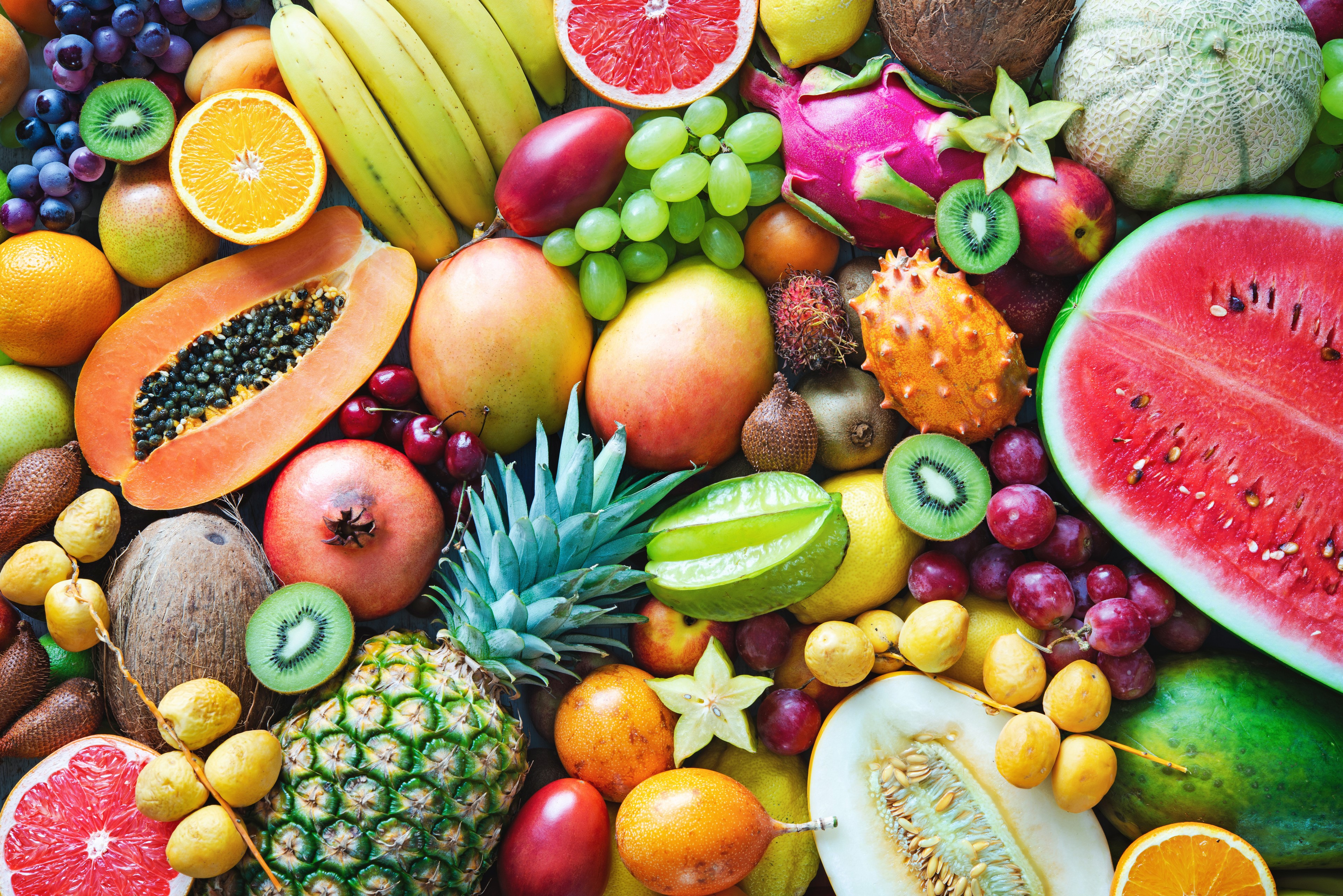
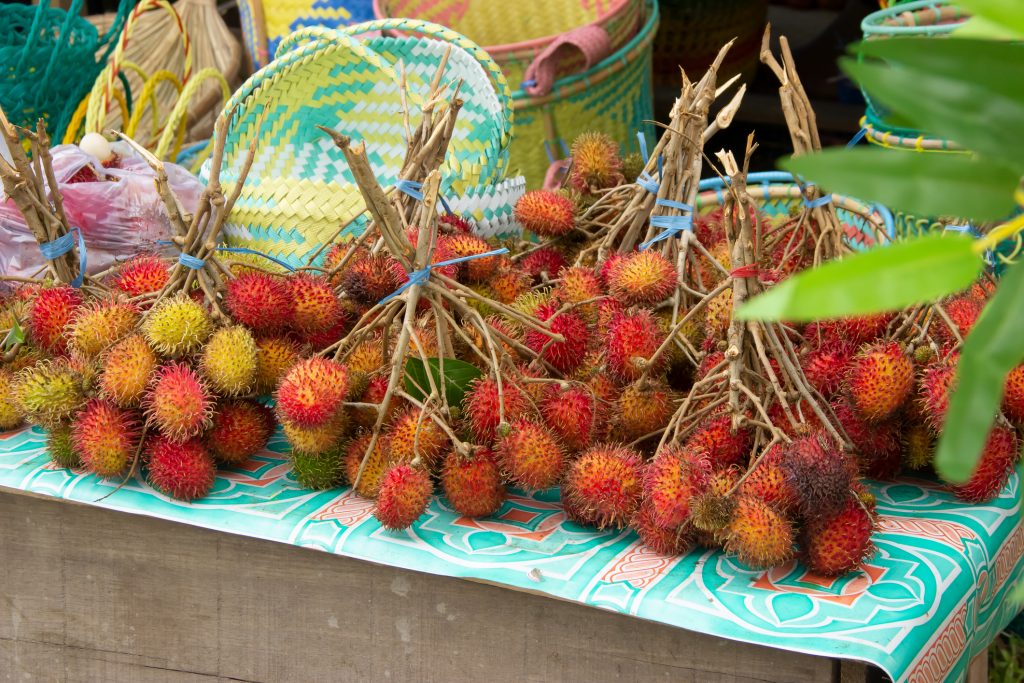
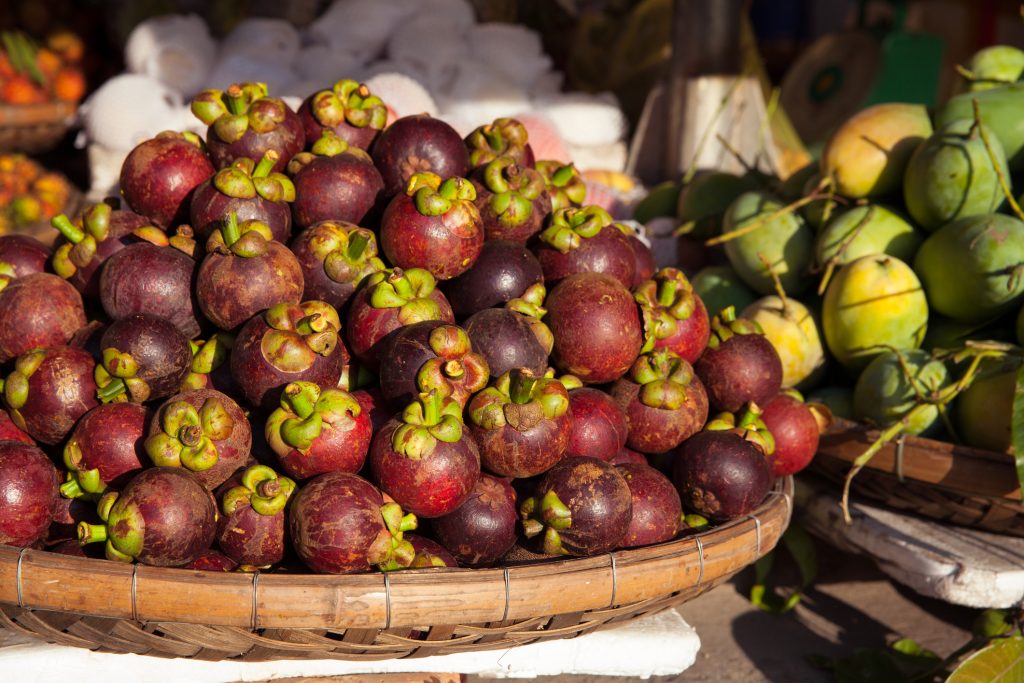
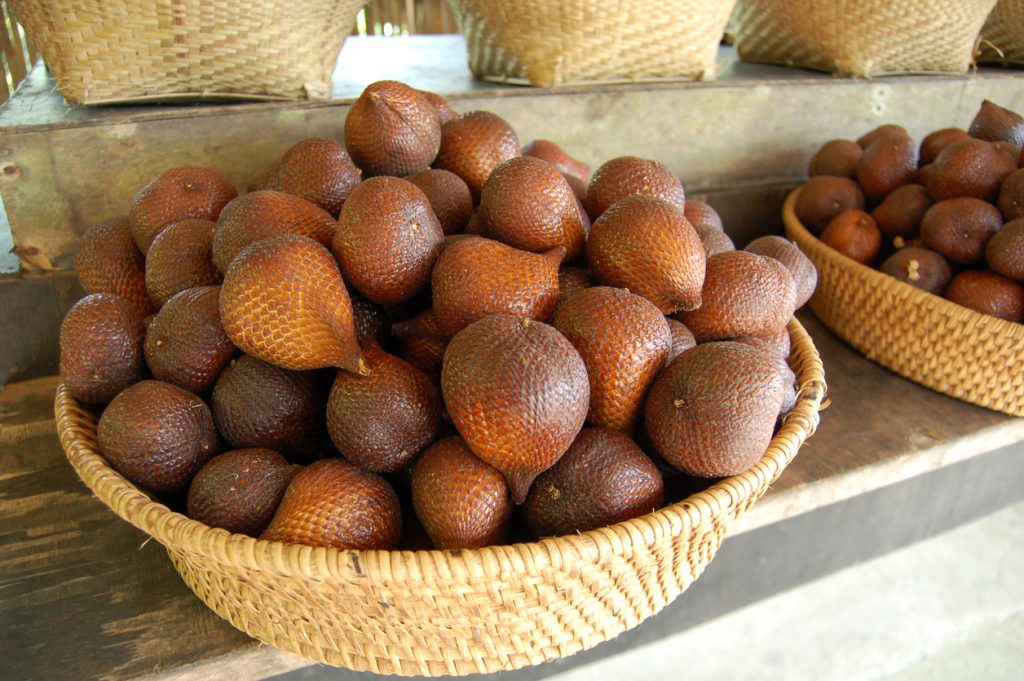
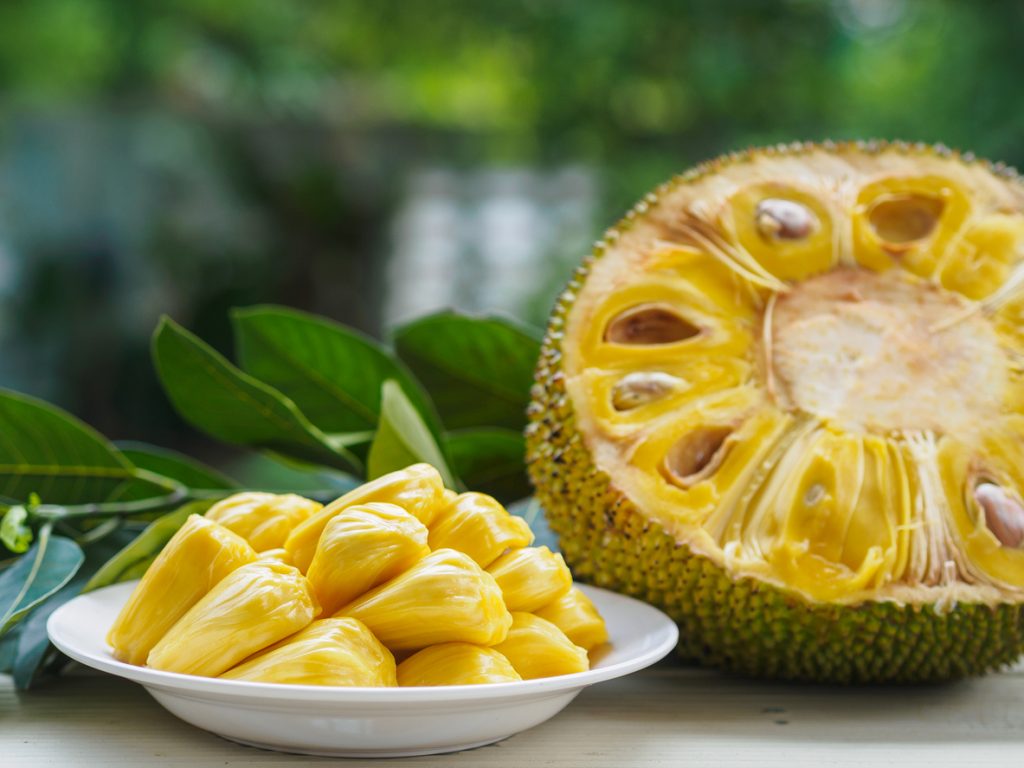
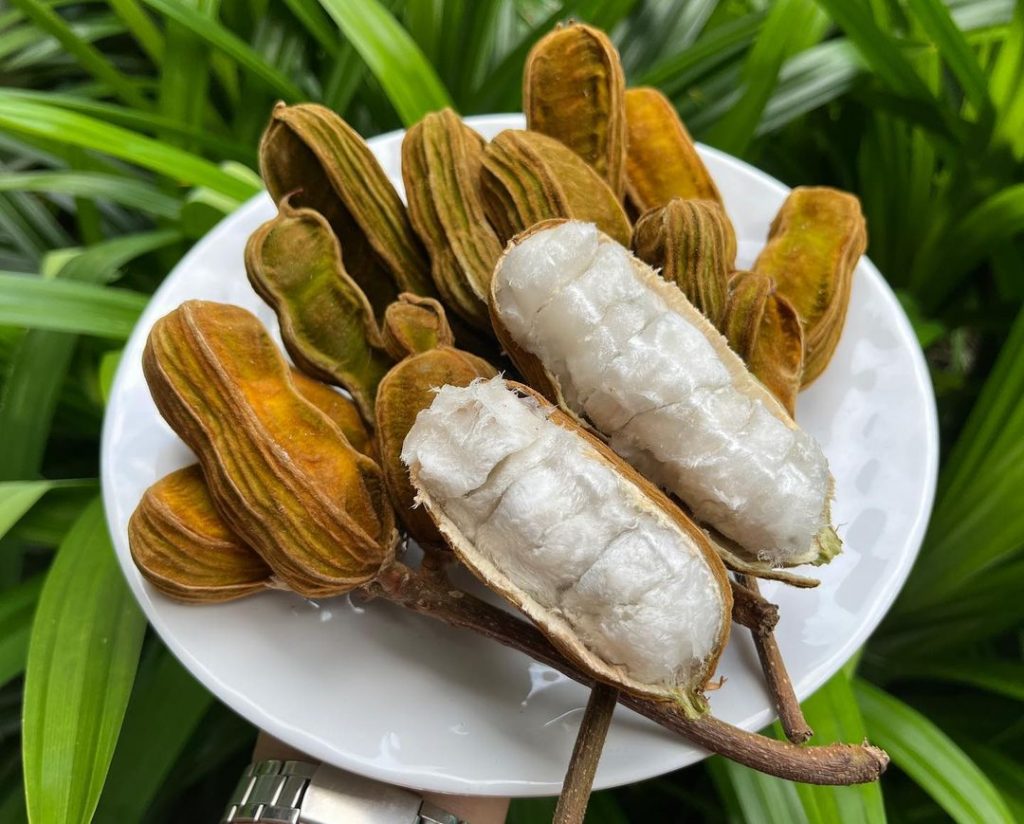
No comments